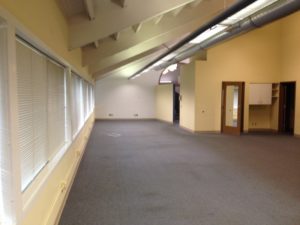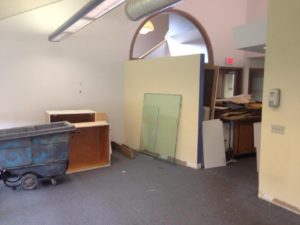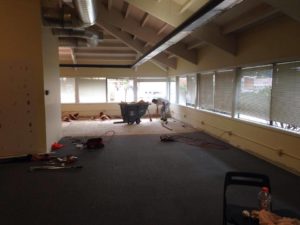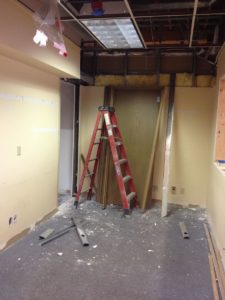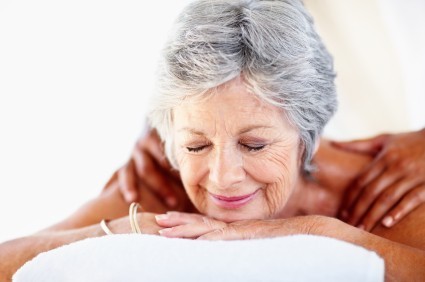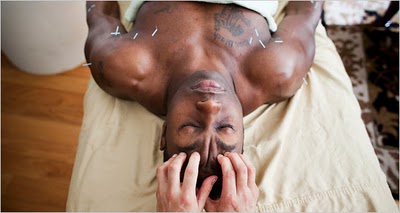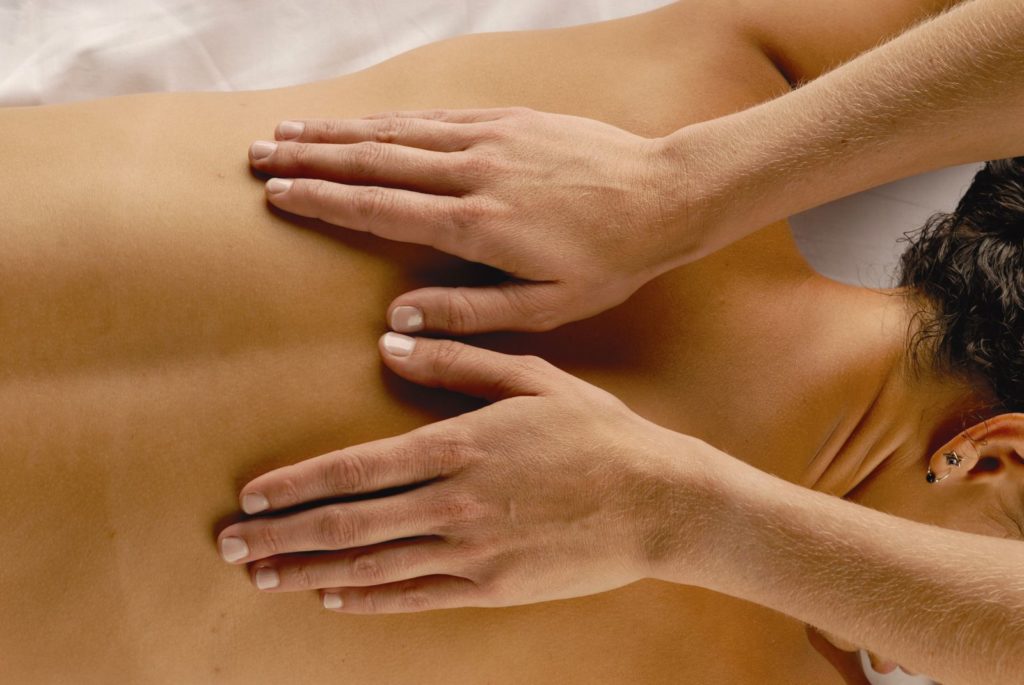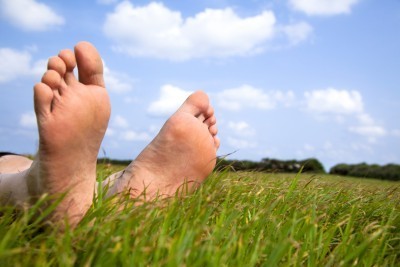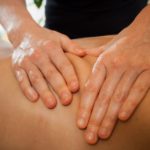
For most individuals, muscle aches and areas of chronic tension tend to set in around age 30, and for some at an even earlier age. We have our own ways of dealing with this – a hot bath with Epsom salt, a glass of wine, an Advil or a muscle relaxant – but in the long-term then muscle aches persist. O good days, with plenty of sleep and exercise, we feel ok, but on bad days, we really notice that the muscle tension is interfering with our quality of life. Yet, many of us don’t have any sort of long-term regimen to address our muscle aches and knots. We regard them as the unfortunate inevitable side-effect of aging.
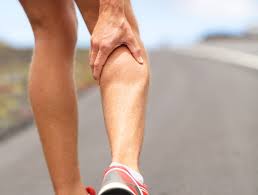
Muscles are composed of a collection of muscle fibers and it is the individual fibers that do the work of movement as they expand or contract. The more power we need from a muscle, the more fibers in the muscle group get involved. What happens anytime we fall, have a sprain, overstretch, or even just work out super hard at the gym. Some of the muscle fibers get torn or injured and must go through a repair process. After the repair process, there are often remaining adhesions (also known as scar tissue) at the site of injury. The adhesions prevent the impacted muscle from stretching and contracting as easily and freely as before the injury.
It is the growing accumulation of many of these small adhesions that causes us to become increasingly less flexible with age. This is also why we experience the soreness and stiffness we associate with getting older, because our muscles are literally stuck in spots.
In addition to the loss of flexibility, some muscle groups in our body that we use more than others, begin to dominate and impact our posture. For example, slouching is the result of getting pulled forward by the Pectoralis muscles, our chest muscles which allow us to drive or use a computer keyboard for hours at a time. Leaning forward at the waist reflects tight Iliopsoas muscles, the inner hip muscles important for standing, walking and running. Muscles that dominate and contract also cause other muscles to get overstretched and to ache.
In summary, dings and bruises cause adhesions, which cause muscle ache and a loss of elasticity (flexibility). The loss of elasticity and over-used muscles groups cause more aches, poor posture and a loss of mobility until, on our later years, we lose our ability to balance and can no longer walk unassisted.
All this can be prevented with massage! A good deep tissue massage specifically targets areas of chronic tension and breaks up adhesions, helping restore full range of motion and flexibility. Adhesions cause us to become increasingly less flexible with age. Massage as anti-aging tool restores elasticity. The best way to use massage is to start off with a series of sessions, spaced more closely together, to treat long-term problem areas. Muscles have a memory. A more frequent initial treatment plan resets muscle memory, allowing overly dominant muscles to relearn a more relaxed state. Once there is improvement in the long-term problem areas, stick to a regular massage schedule to keep optimal muscle health. This will not only help you be at your best in the present but will also significantly improve your quality of life and independence in the later years of your life. Depending on your lifestyle and level of activity, muscle health maintenance can involve a massage from 4 times a year to monthly.
Skin care, the right diet and excercise, are typical components of an anti-aging lifestyle, and massage as anti-aging should be as well!
* * * * *
This article is brought to you by Dreamclinic, Inc. Founded in Seattle in 2003, Dreamclinic is an award-winning massage business that specializes in deep tissue, sports, and injury treatment massage with locations in Seattle and Overlake serving Bellevue and Redmond. Dreamclinic therapists have the hightest level of skill and knowledge of anatomy and kinesiology. Each session is tailored to your individual needs. When you visit us, we are happy to consult with you on the best way to incorporate massage into your health routine. Appointments can be Scheduled Online or call 206-267-0863.

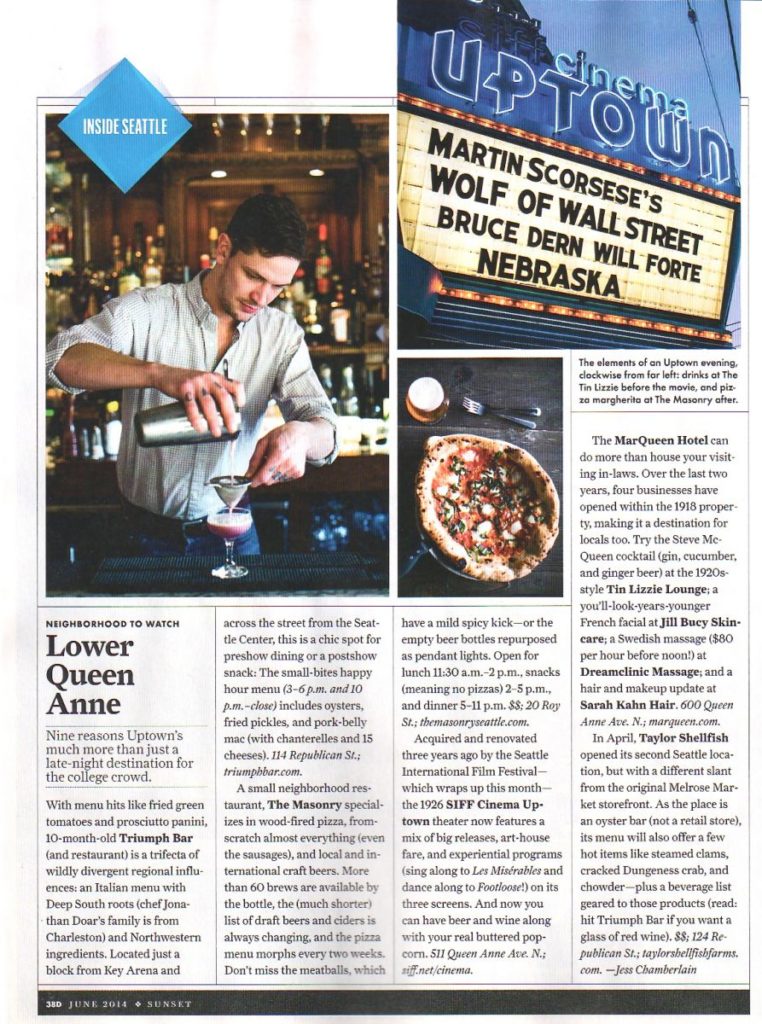



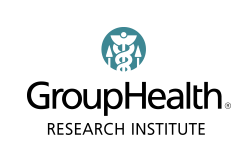 Dreamclinic massage therapist Michael Jacobus recently took part in a research study to determine the ideal frequency of massage for treating chronic neck pain. The study, designed and conducted by Group Health Research Institute in Seattle, utilized massage as a treatment for nonspecific neck pain (neck pain not related to a specific incident or injury). Jacobus was one of the massage therapists selected to administer the Group Health study.
Dreamclinic massage therapist Michael Jacobus recently took part in a research study to determine the ideal frequency of massage for treating chronic neck pain. The study, designed and conducted by Group Health Research Institute in Seattle, utilized massage as a treatment for nonspecific neck pain (neck pain not related to a specific incident or injury). Jacobus was one of the massage therapists selected to administer the Group Health study.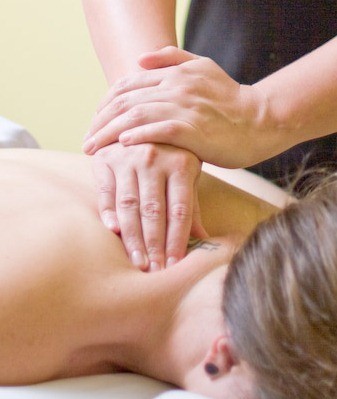
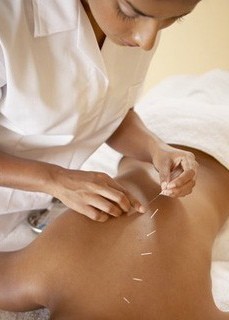

 We look forward to creating a lovely and uplifting space for the benefit of team and patrons and will share the photos once the space is ready. In the meanwhile, please enjoy some looks of the clinic pre-remodel and during construction.
We look forward to creating a lovely and uplifting space for the benefit of team and patrons and will share the photos once the space is ready. In the meanwhile, please enjoy some looks of the clinic pre-remodel and during construction.
